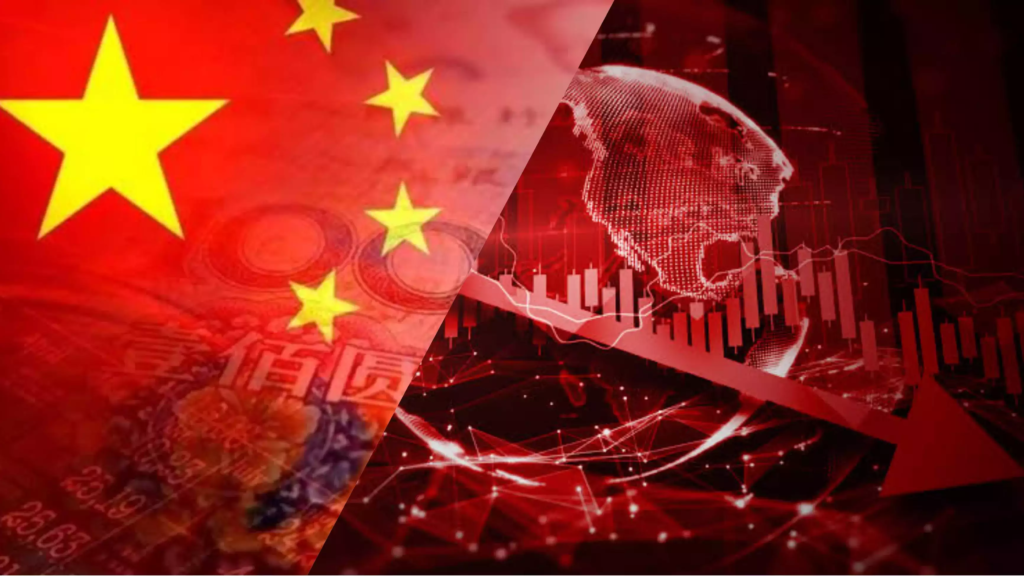China’s Economic Challenges: A Growing Concern
Trade Tensions and the COVID-19 Pandemic
One of the primary factors contributing to China’s economic slowdown is the ongoing trade tensions with the United States. Tariffs imposed by both countries have disrupted global supply chains, increased costs for businesses, and dampened consumer demand. Additionally, the COVID-19 pandemic has had a devastating impact on China’s economy, disrupting production, limiting exports, and weakening domestic consumption.

Rising Unemployment
As a result of these factors, unemployment rates have been rising, particularly among young people. This is a major concern for the Chinese government, as it can lead to social unrest and instability. The government has implemented various measures to address the unemployment problem, such as increasing public spending and providing job training programs. However, the challenges remain significant.
The Aging Population
Another issue facing China’s economy is the aging population. As the birth rate declines and life expectancy increases, China’s workforce is aging, which can limit economic growth and increase the burden on the social security system. The government has taken steps to encourage higher birth rates, but it remains to be seen whether these measures will be effective.
Structural Issues
In addition to these challenges, China’s economy is also facing structural issues, such as over-reliance on investment and exports, and a growing debt burden. The government has been working to address these issues through economic reforms, but progress has been slow.
The Future of China’s Economy
The future of China’s economy is uncertain. While the country has a strong track record of economic growth, the challenges it currently faces are significant. The government will need to implement effective policies to address these challenges and ensure that China continues to play a leading role in the global economy.




















